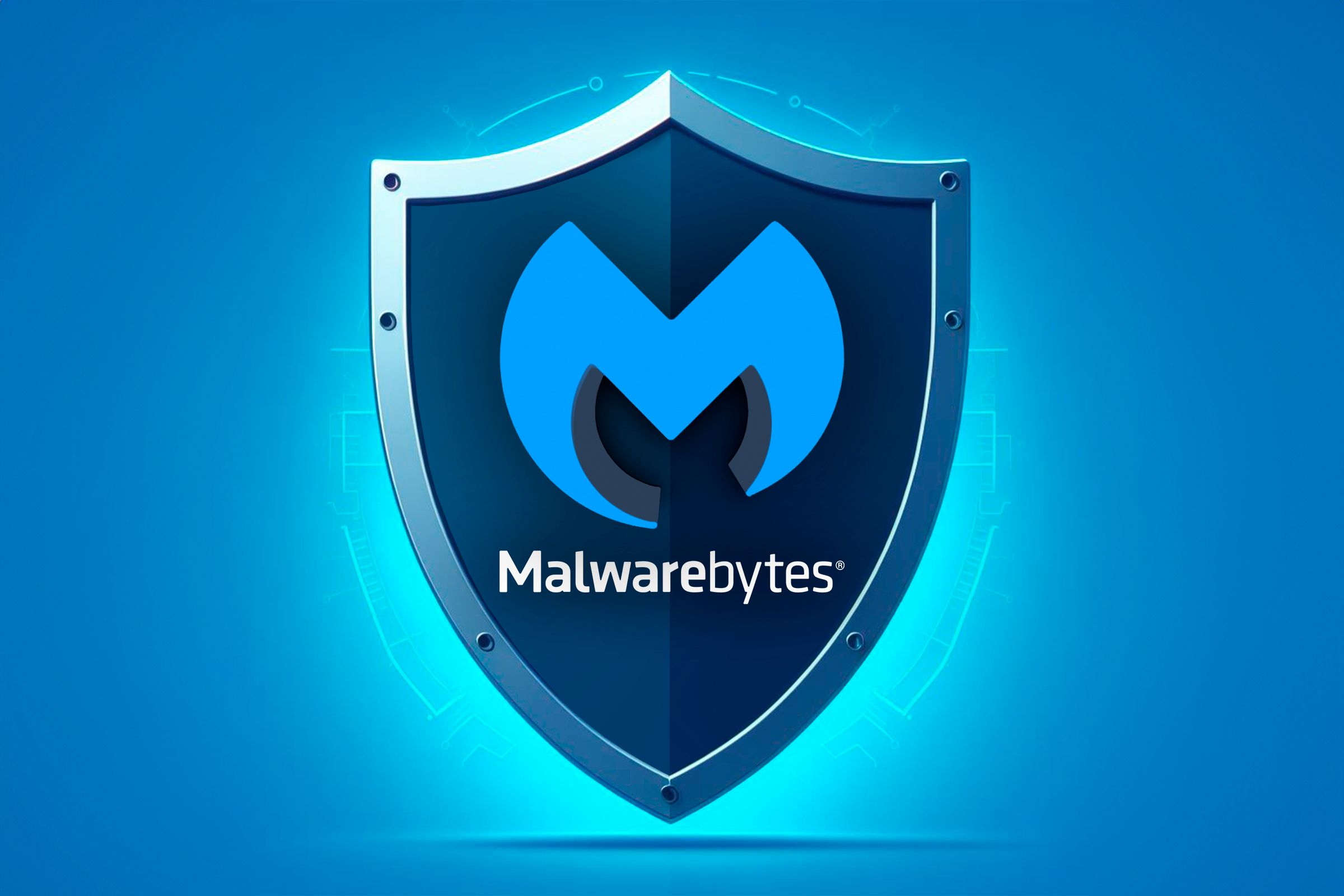Raspberry Pi Gets a Performance Boost With the AI Hat+
Raspberry Pi
Raspberry Pi now offers an AI HAT+ add-on with up to 26 TOPS of performance. It’s an interesting addition to the Pi 5, particularly for developers who are interested in embedded computer vision applications.
As you may know, Raspberry Pi introduced an M.2 HAT+ board for the Pi 5 earlier this year. The M.2 HAT+ can accommodate a range of M.2 PCIe devices—most people are using it for NVMe SSDs, though some developers have honed in on Raspberry Pi’s AI Kit, a product that includes both an M.2 HAT+ and a Halio-8L NPU module. The tiny little Halio module connects to the M.2 HAT+ and provides up to 13 tera-operations per second (TOPS) of compute power, significantly enhancing the Pi 5’s AI prowess.
The AI HAT+ is basically an M.2 HAT+ with an integrated, soldered-on Halio NPU module in place of the M.2 slot. In other words, it’s a single-board version of the Pi AI Kit. This integrated design simplifies setup (particularly for enterprise customers who may need several NPU-equipped Pi SBCs) and provides improved thermal performance for extended AI tasks.
Customers can choose between two versions of the AI HAT+. The standard version features the same Halio-8L accelerator as the Pi AI Kit, meaning that it’s limited to 13 TOPS. A more impressive Halio-8 version with 26 TOPS of compute power—great for running multiple neural networks simultaneously—is also available. Models designed for the original Pi AI Kit are compatible with the AI HAT+, and any model that works on the Halio-8L will run on the more powerful Halio-8.
There are certainly some limitations to the AI HAT+’s design, the most notable being horsepower. While the Halio-8L and Halio-8 accelerators are capable of running a diverse set of tasks, including some very lightweight LLMs, they’re primarily intended for computer vision models. And although Halio’s “Model Zoo” is a fantastic starting point for developers or hobbyists who want to test the Pi’s AI capabilities, the process of training and compiling a custom model for the Pi requires a fair amount of patience and knowledge. Those who are new to machine learning should start their journey with a conventional PC, rather than a Raspberry Pi.
The AI HAT+ also removes your ability to install an M.2 HAT+ on the Pi 5, as the SBC is limited to a single PCIe 3.0 interface. You can have an NPU or an NVME SSD, but not both. (If you want to swap between an NPU and NVME, you’re better off with the Pi AI Kit.)
As a quick aside, I want to point out how hard it is to keep up with Pi accessories in 2024. The Raspberry Pi Foundation just keeps coming out with cool new toys, like the aforementioned AI kit and M.2 expansion board, an AI camera, first-party SD cards, plus a line of NVMe drives. And those are just accessories—Raspberry PI has unveiled several exciting software solutions this year, and it introduced its first-ever RISC-V board in August.
The 13 TOPS and 26 TOPS models of Raspberry Pi AI HAT+ are available today for $70 and $110, respectively. If you’re willing to sacrifice performance for modularity, the Pi AI Kit (which includes an M.2 HAT+ board and a removable 13 TOPS NPU module) is also available for $70. Regardless of which AI board you buy, you’ll probably want to grab a $70 Pi AI Camera, too.
Source: Raspberry Pi
















